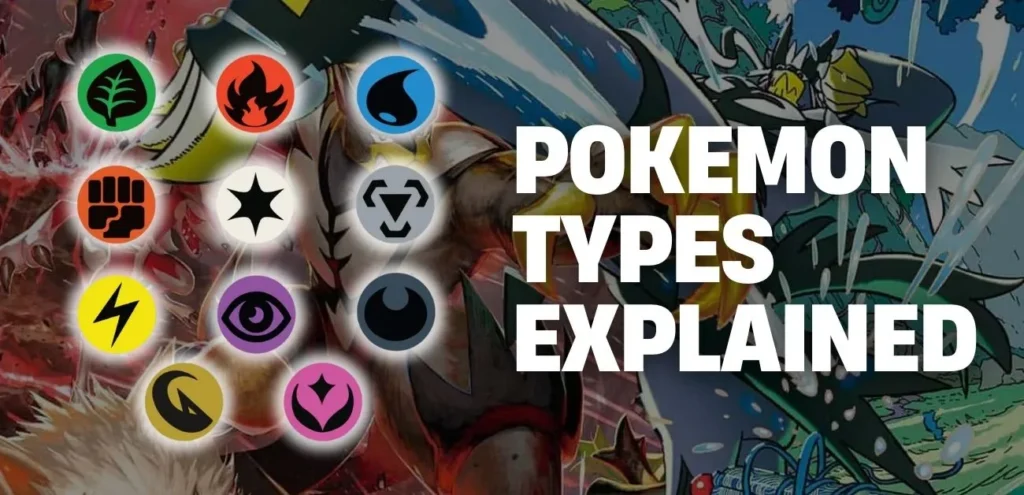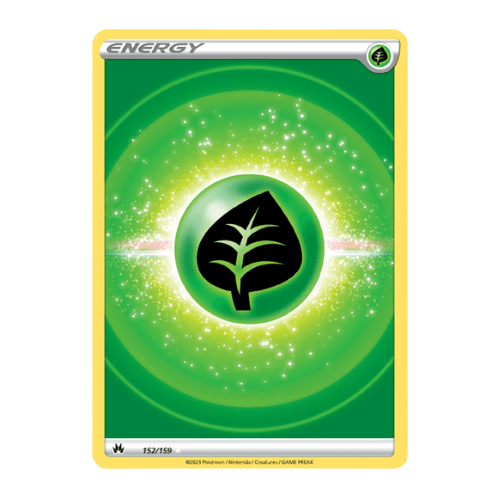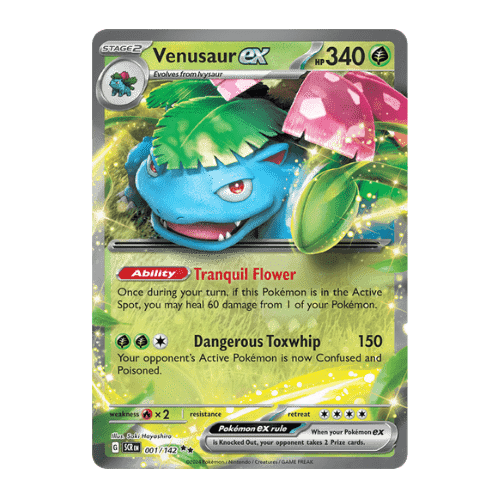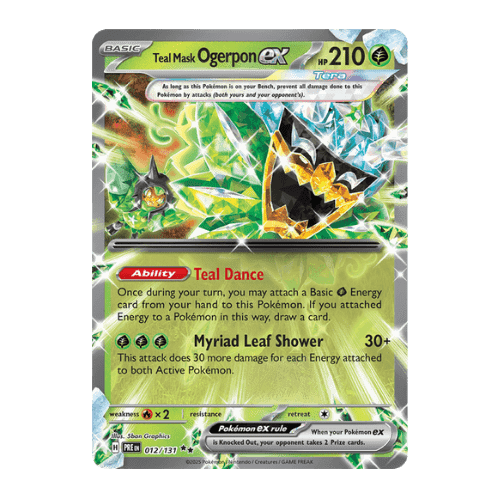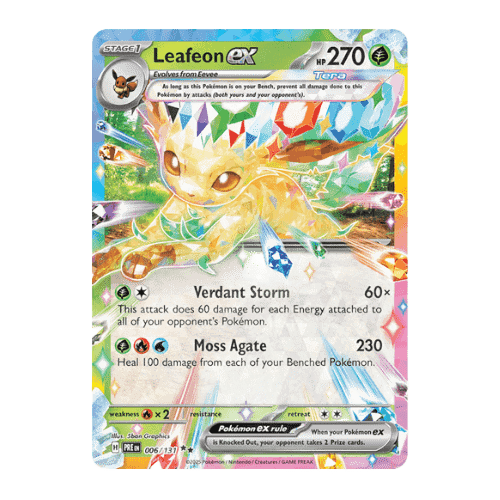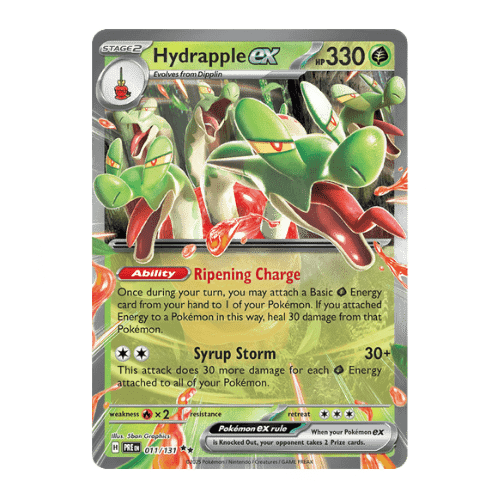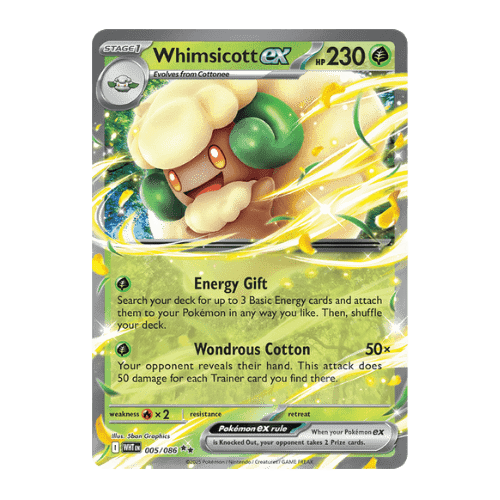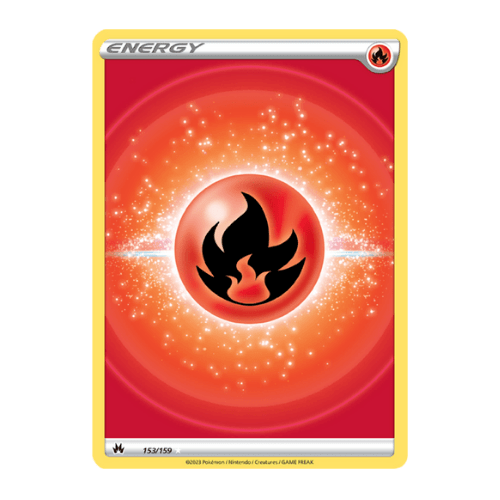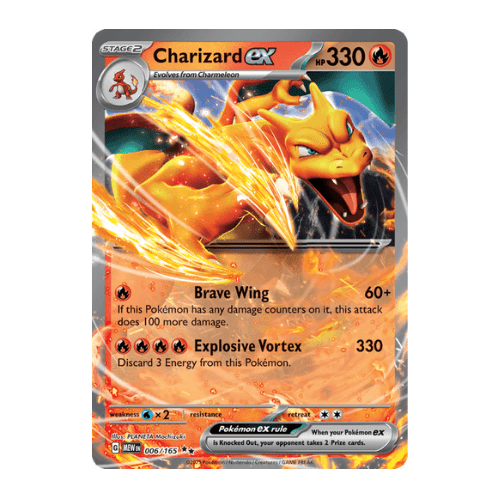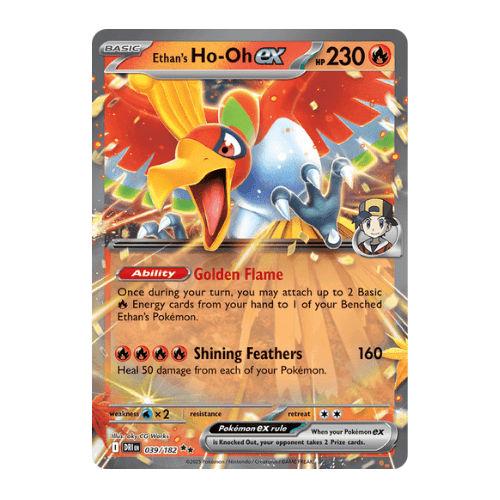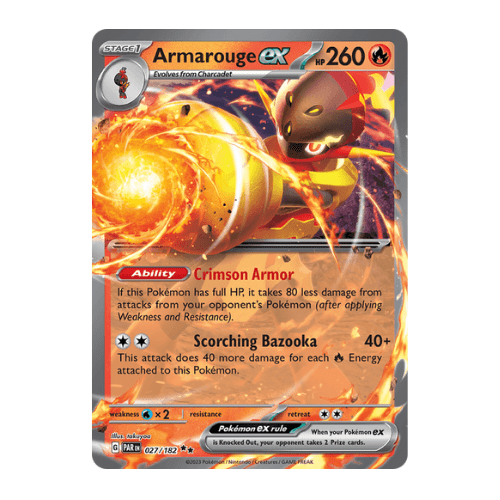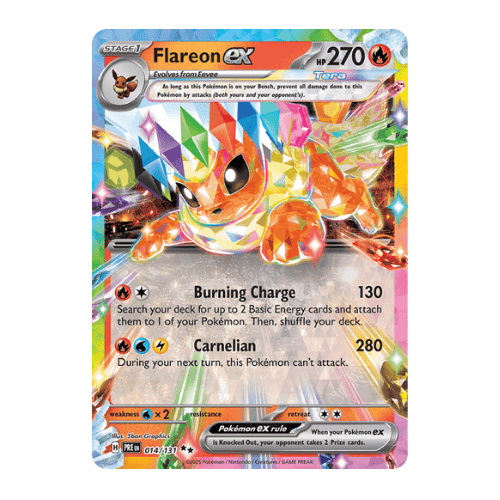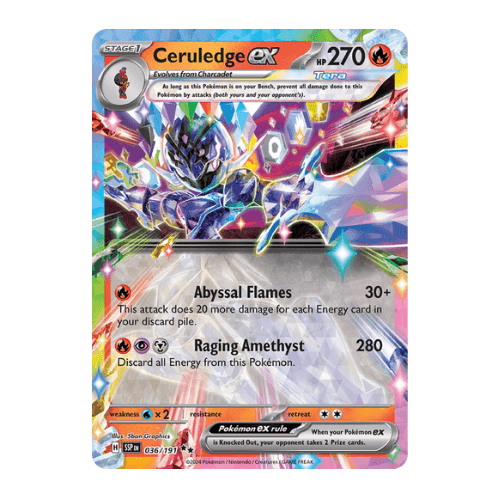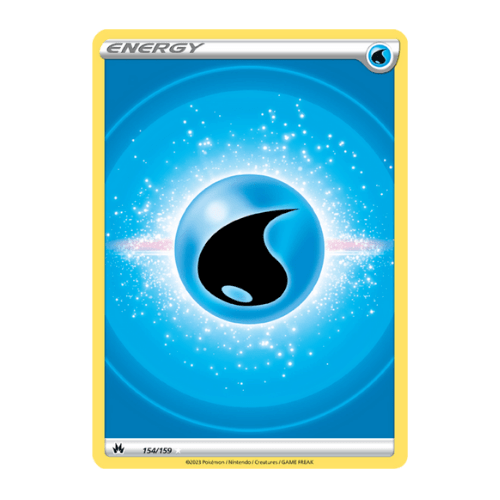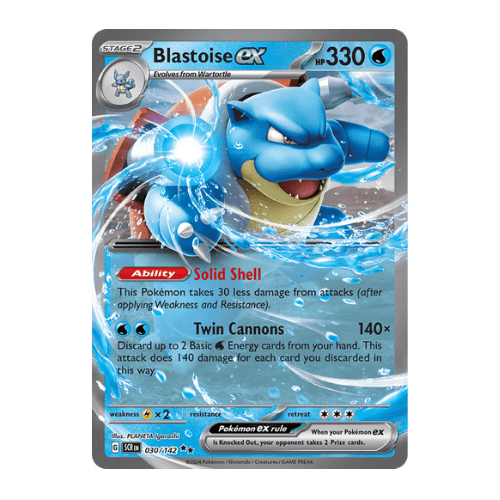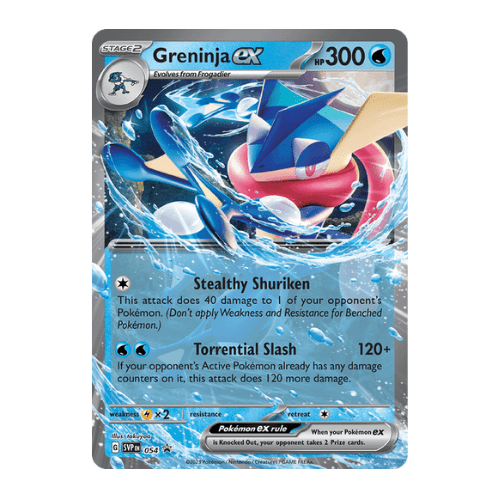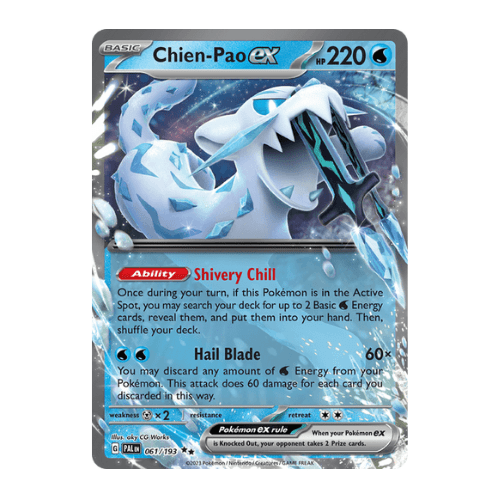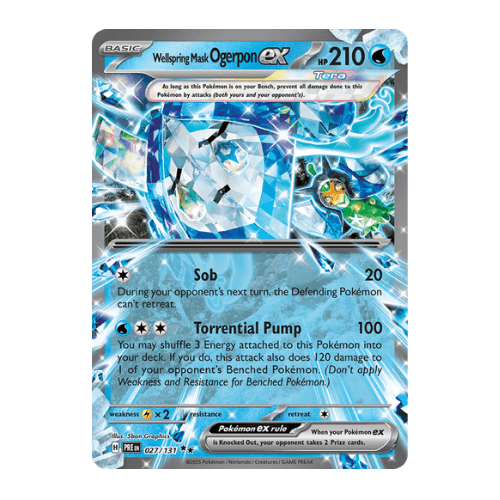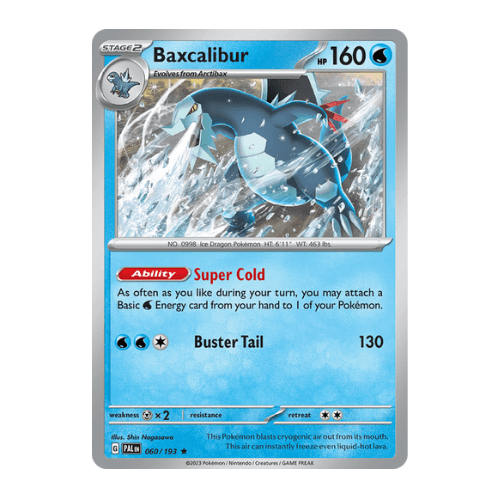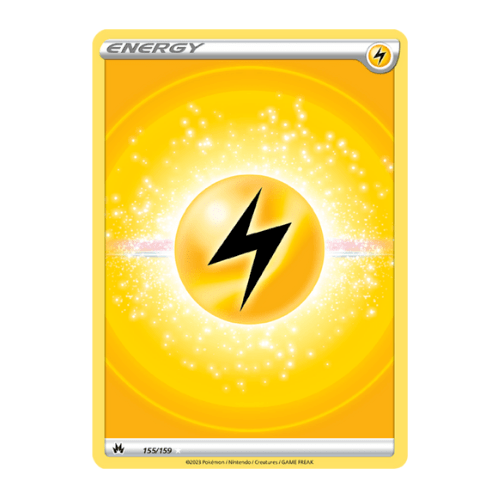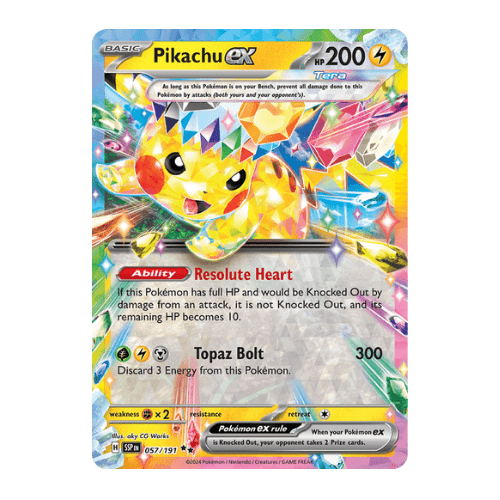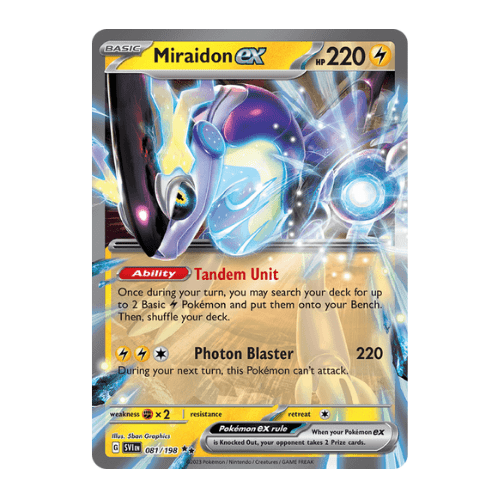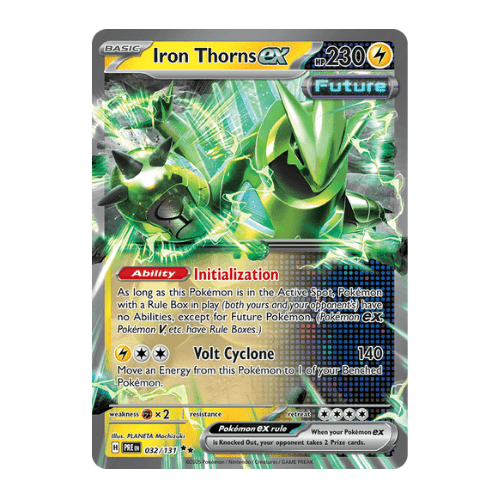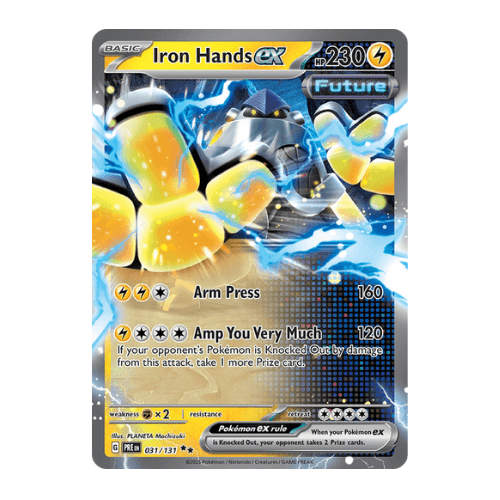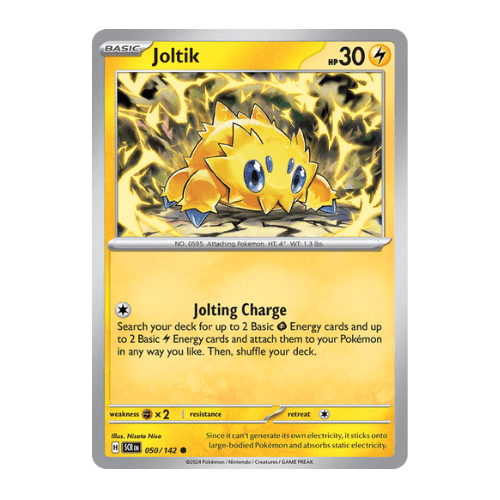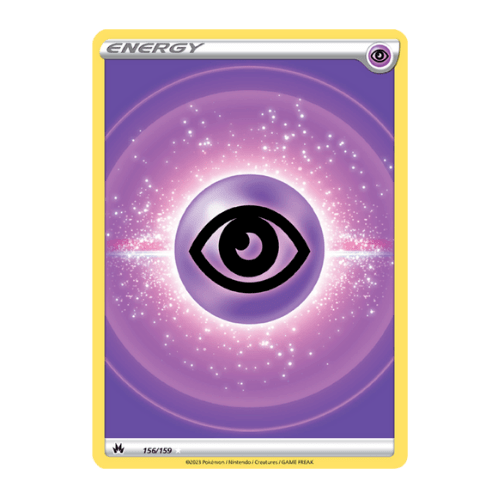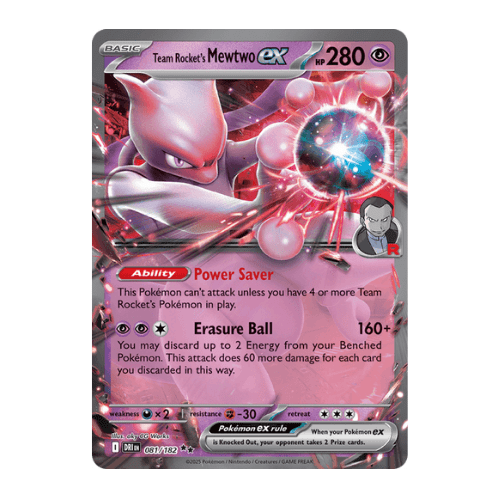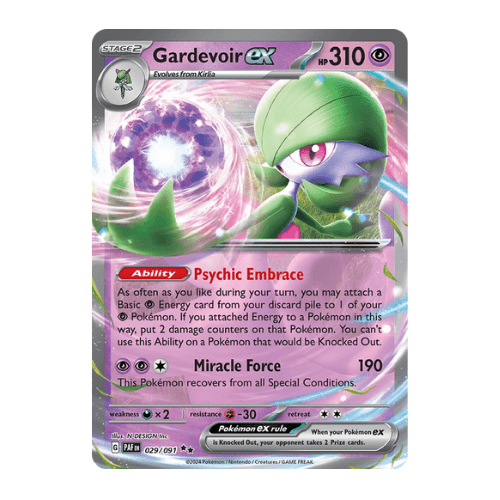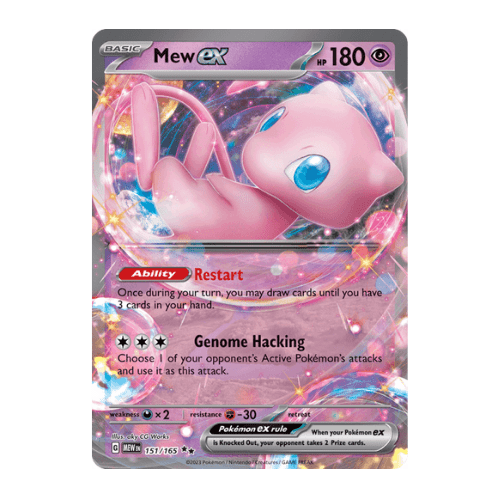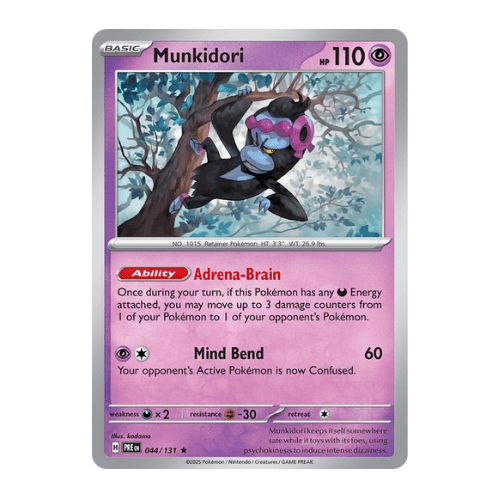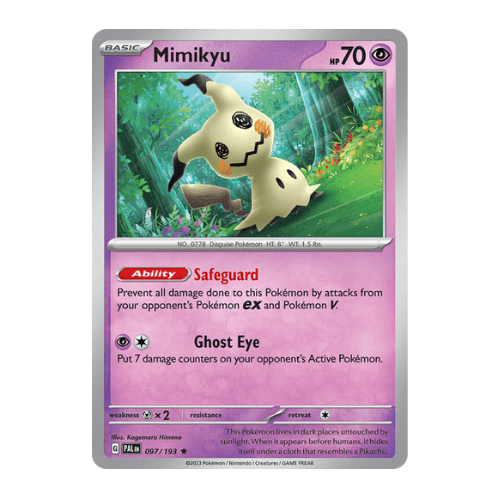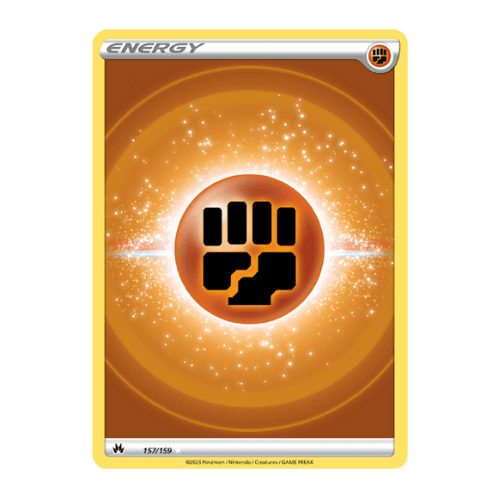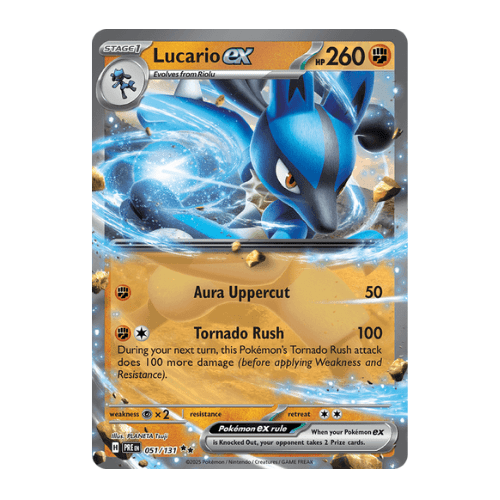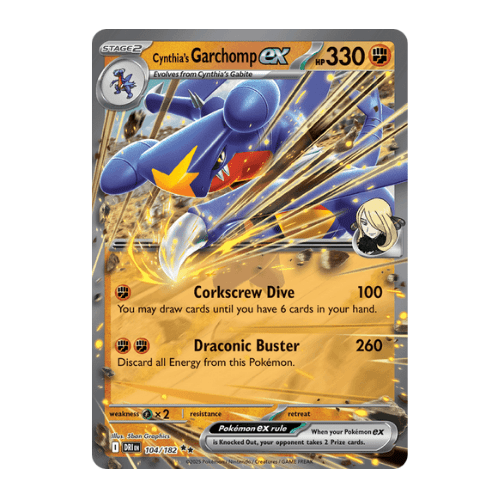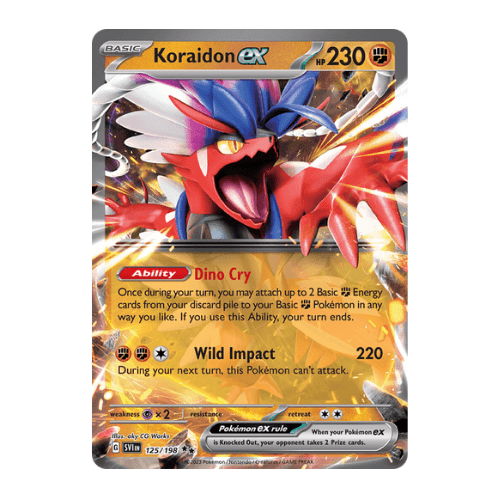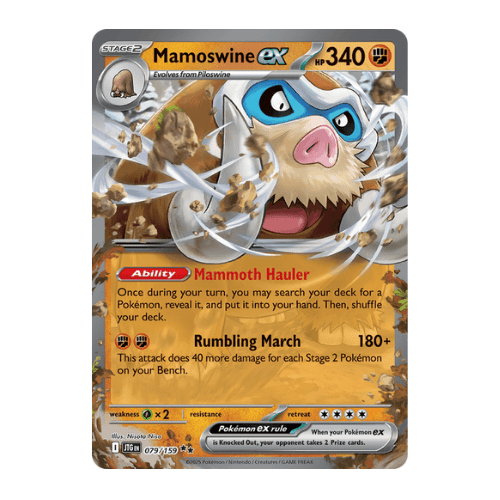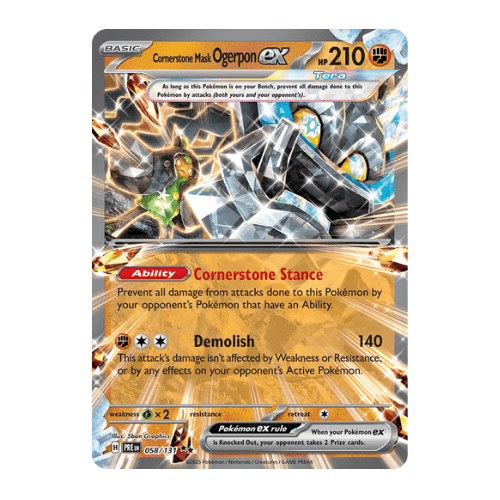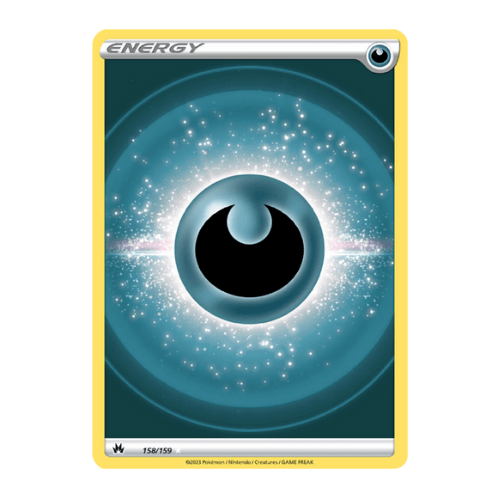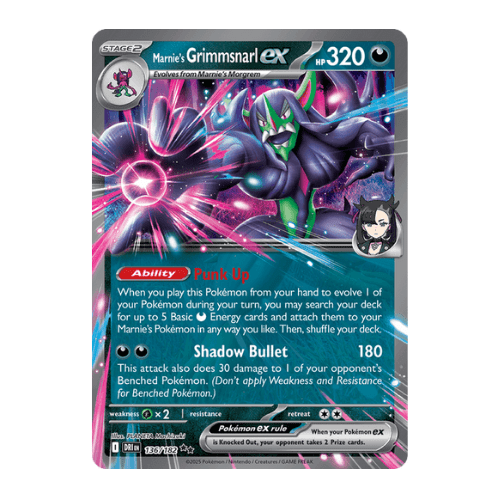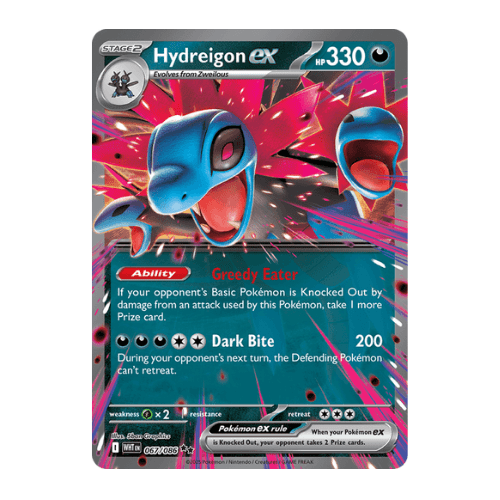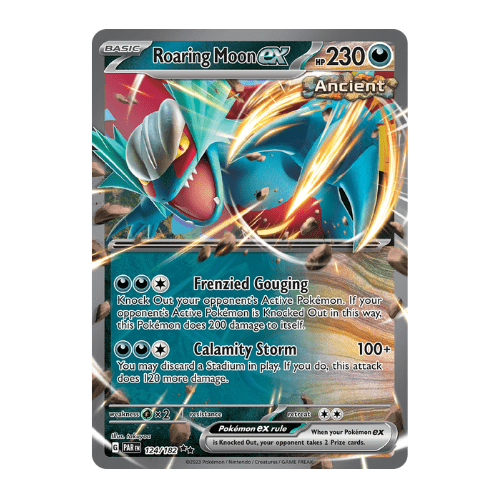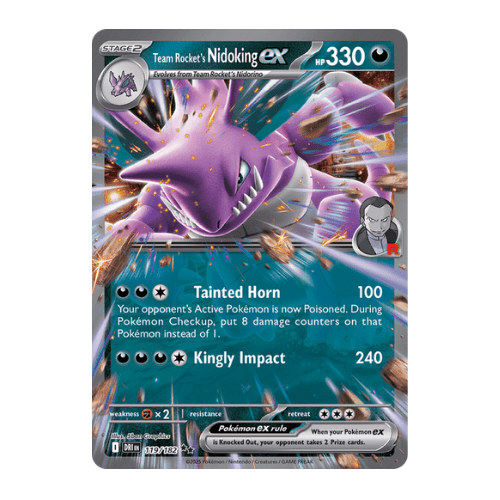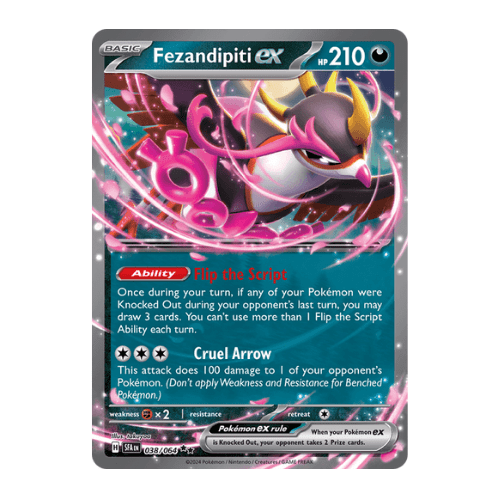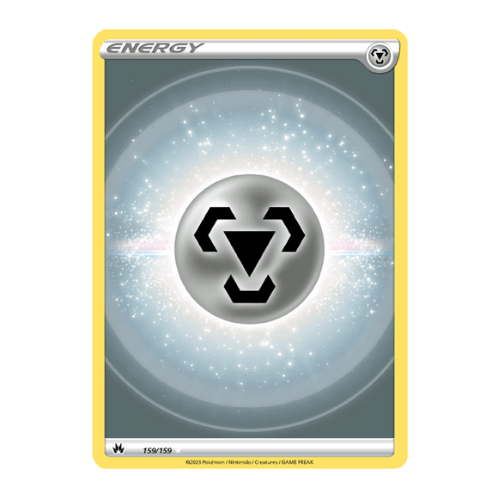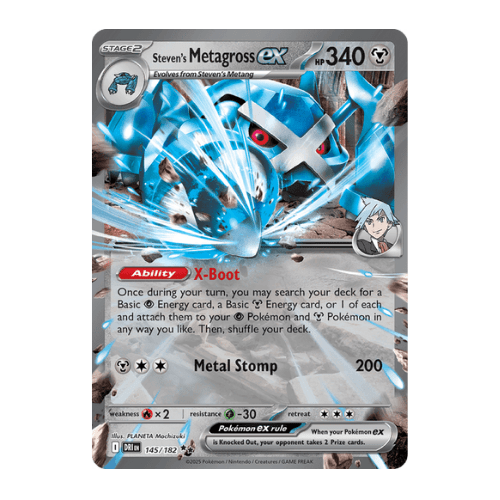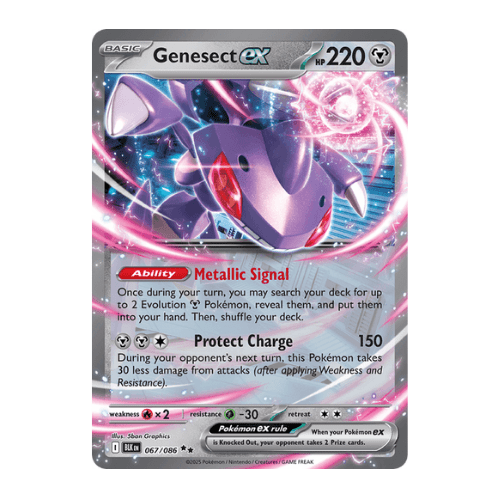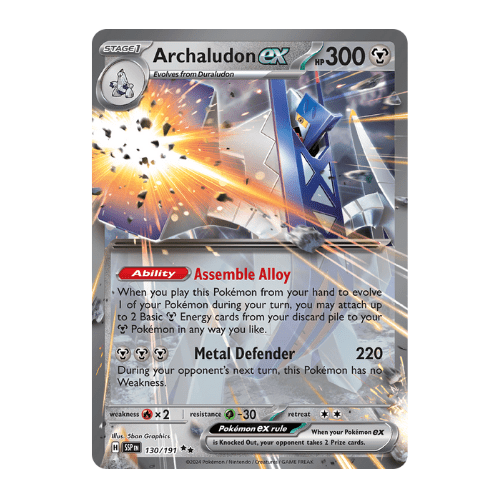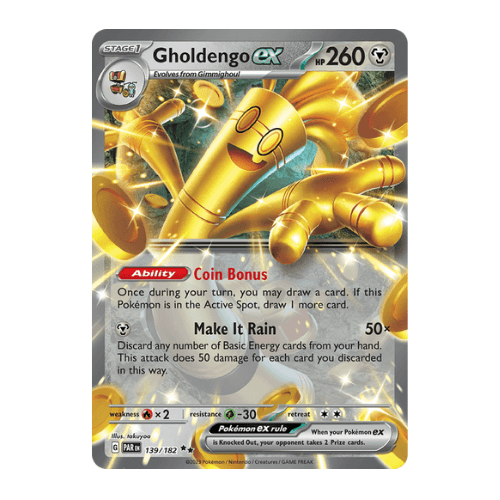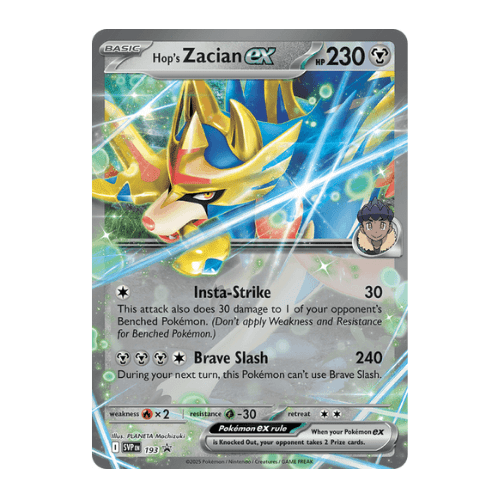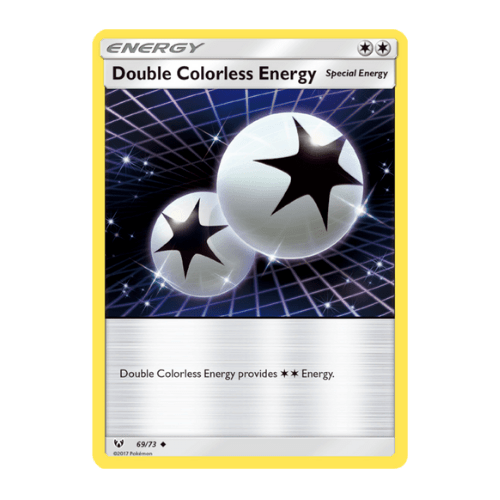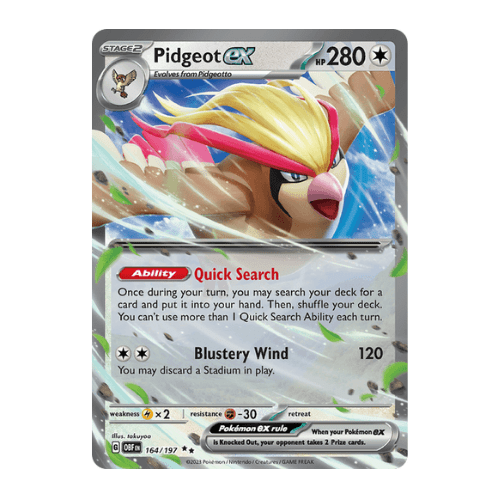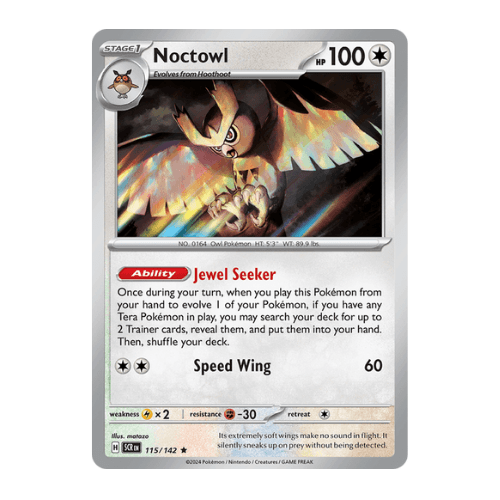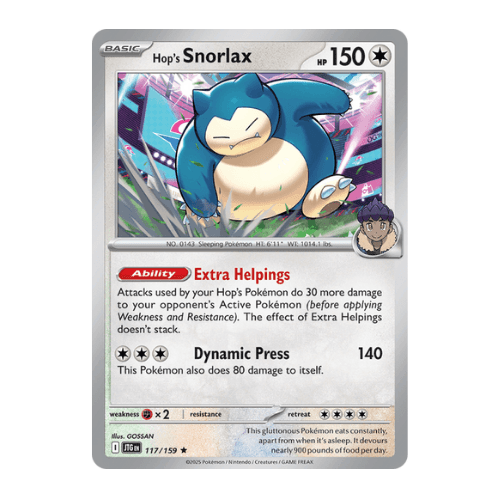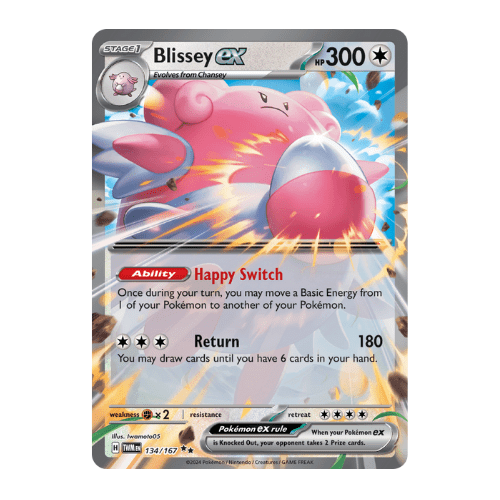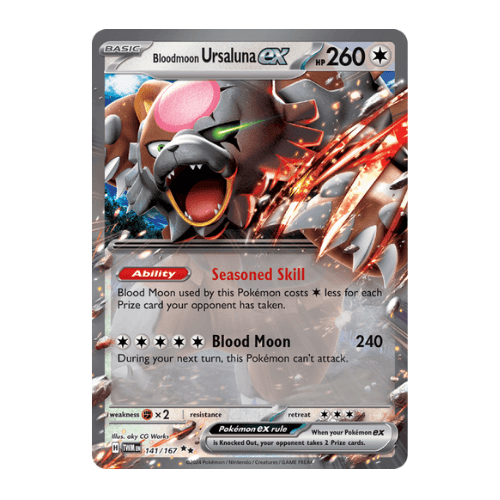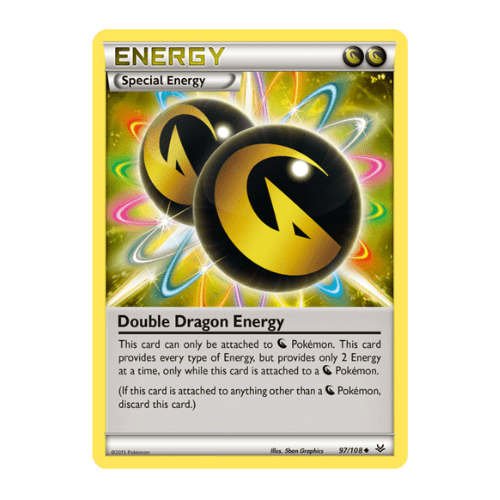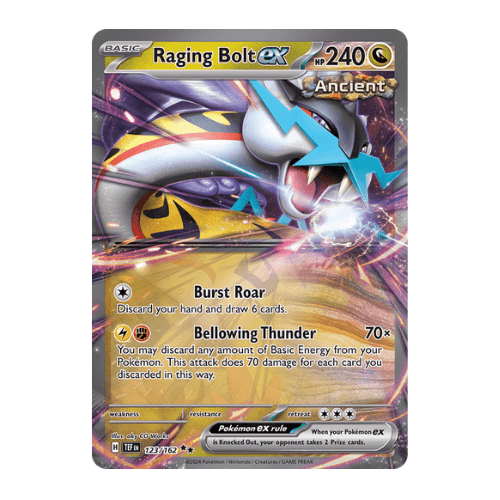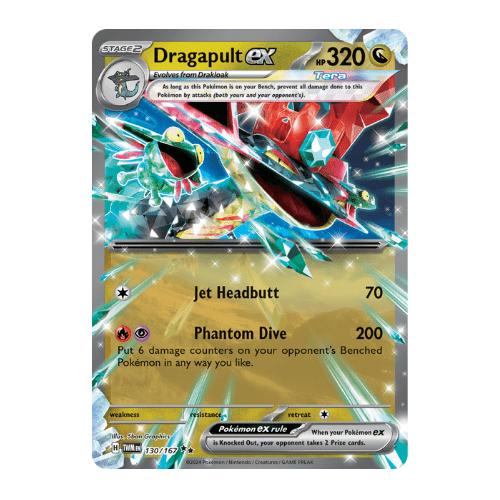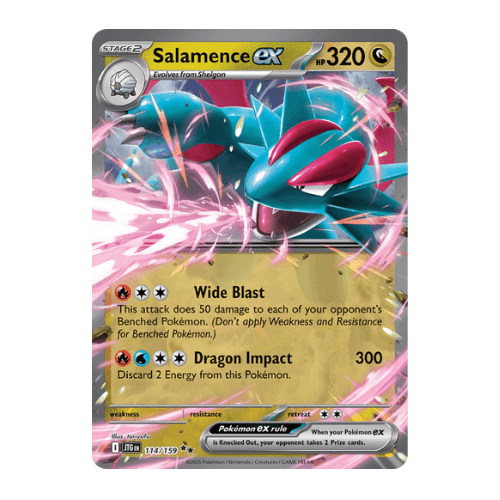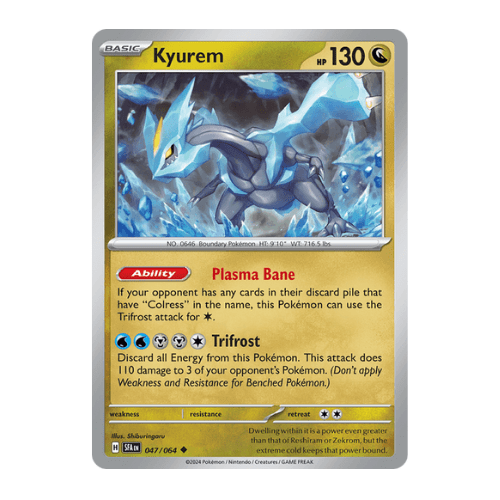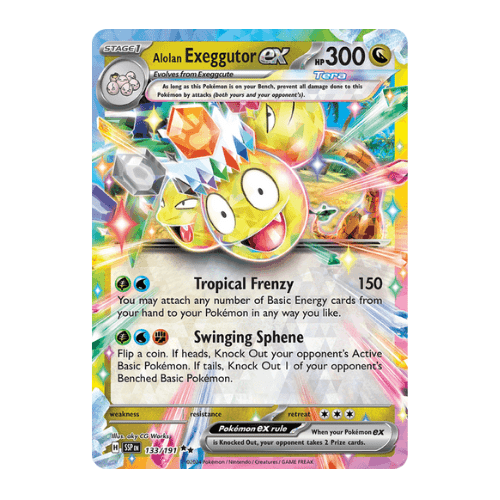The Pokémon TCG Standard Format currently has 10 types: Grass, Fire, Water, Lightning, Psychic, Fighting, Darkness, Metal, Colorless, and Dragon. Learn the unique traits of each one to match your playstyle.
If you’ve ever played the video games, you’ll know how elemental types work in Pokémon. Each one has a unique personality, and Pokémon with shared typing have common gameplay traits.
Staying true to tradition, this mechanic also makes its way into the TCG. Pokémon have a type that determines their playstyle and Energy required to attack.
Below, we explain gameplay traits of each type, tips to build a deck around their strengths and weaknesses, and the cards thriving in today’s competitive scene.
1) Grass Type
Playstyle
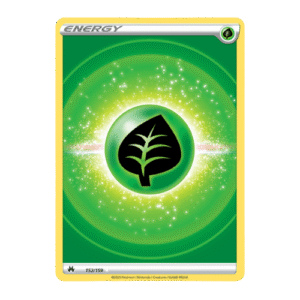
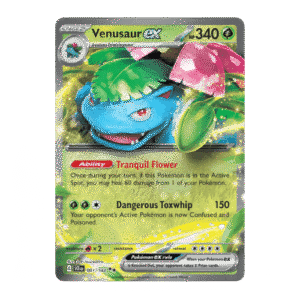
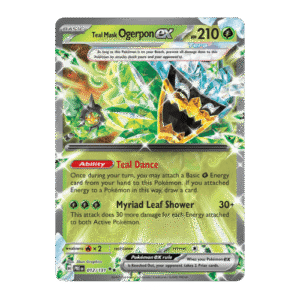
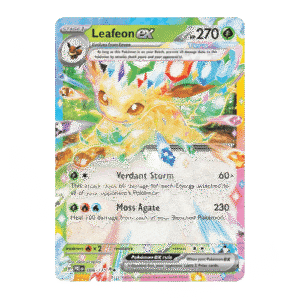
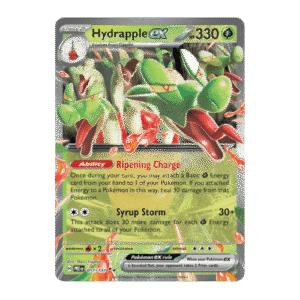
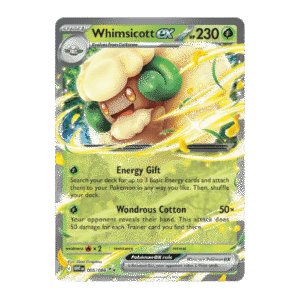
Grass types in Pokémon TCG represent Grass and Bug in the video games. They’re all about smothering the opponent like a sprawling forest.
Grass decks flood the board with Pokémon and Energy acceleration. They can also possess defensive healing effects and love to disrupt with Status Conditions like Poison, Sleep, and Paralysis.
Despite strong support from cards like Bug Catching Set (TWM 143) and Teal Mask Ogerpon ex (PRE 12), Grass decks usually struggle with speed. They often need a few turns to build up important pieces.
So avoid attaching all your Energy onto one attacker; you should split it among several instead. That way, one knockout won’t ruin your chances of winning.
This type currently has a hard time in the meta due to its natural weakness against popular Fire decks, which are aggressive and can easily one-hit KO Grass Pokémon before they have a chance to stabilize. Including Colorless type tech attackers in your deck can fix this problem.
2) Fire Type
Playstyle
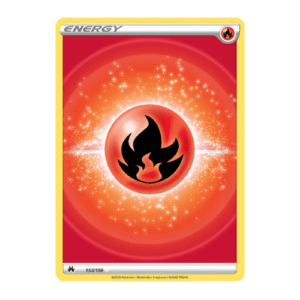
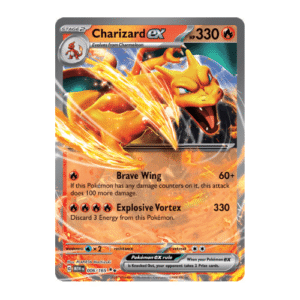
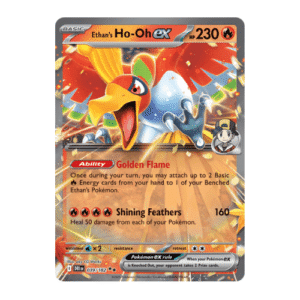
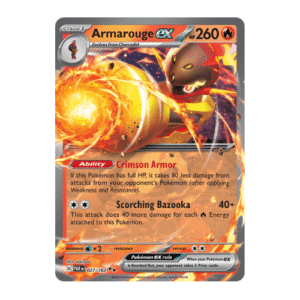
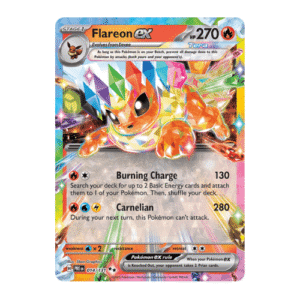
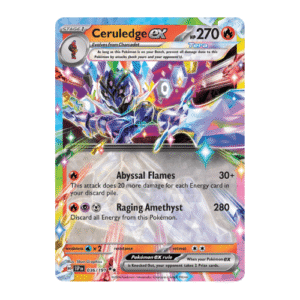
Representing the same type as in the video games, Fire type Pokémon in the TCG are known for dealing explosive bursts of massive damage. They win games through sheer power and speed.
This is a popular type since they can usually knock out even the tankiest Pokémon in one hit. It’s quite common for Fire attacks to inflict damage that scales with the number of Fire Energy attached to the Pokémon or in the discard pile.
But Fire attacks usually come with a drawback- either discarding Energy or the attack cannot be used the next turn. Rather than fearing Energy discards, skilled players use combos like Superior Energy Retrieval (PAL 189) and Ethan’s Ho-Oh ex (DRI 39) to accelerate spent Energy back onto their Pokémon.
In a meta where Water types are prevalent, durability is another issue facing Fire Pokémon. Tech in non-Fire or Colorless type attackers to improve chances at beating Water matchups.
3) Water Type
Playstyle
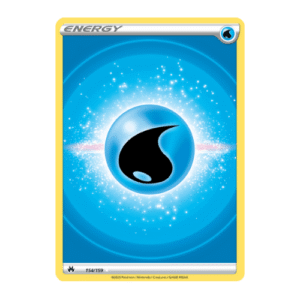
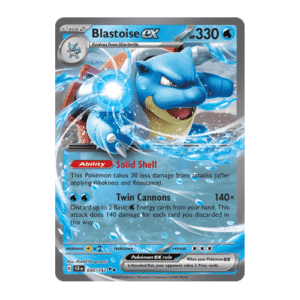
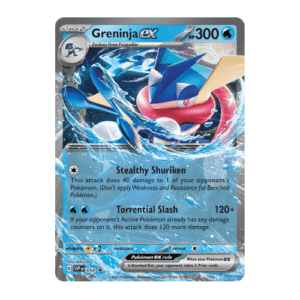
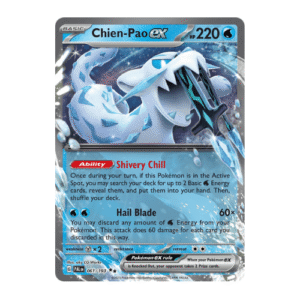
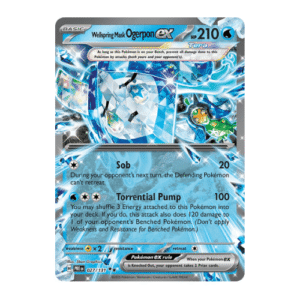
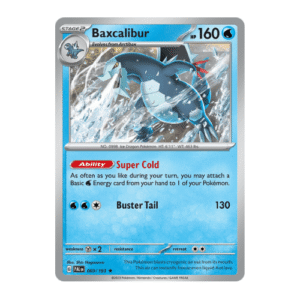
Water types in Pokémon TCG cover Water and Ice in the video games. Like an ocean wave, they can be smooth and gentle one turn, then crash down with a torrent of force the next. Flexible, balanced, and well-rounded, Water decks remain one of the most versatile types in the game.
Chien-Pao ex (PAL 61) is your classic Water type attacker- equally capable of dealing 60 damage to take out single-prize Basics or scaling 300+ damage to take down tankier ex Pokémon.
Other Water type attackers like Wellspring Mask Ogerpon ex (PRE 27) have bench sniping capabilities, allowing you to knock out key threats. Smart Water players plan their “big moves” in advance, as most Water attackers deal damage in short bursts.
Water decks also enjoy a wealth of support, with cards like Baxcalibur (PAL 60) keeping the front line fuelled with Water Energy.
Its natural type advantage against Fire makes it a solid choice for competitive play, but it will struggle against hyper-aggressive Lightning types, which are also popular in the meta.
4) Lightning Type
Playstyle
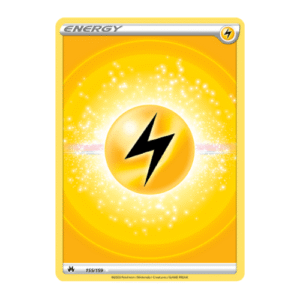
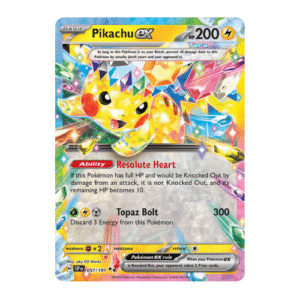
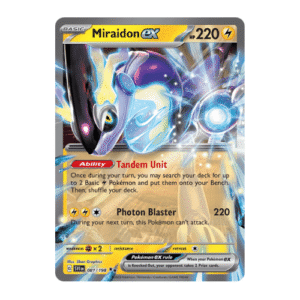
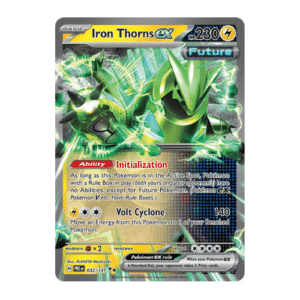
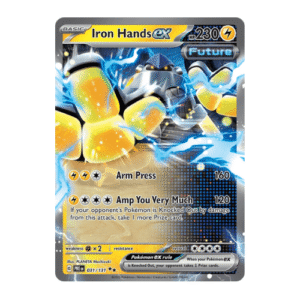
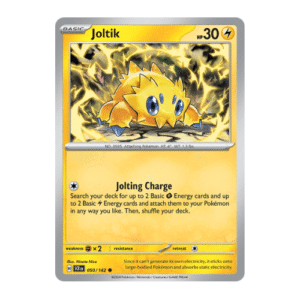
Based on Electric Pokémon in the video games, Lightning type in the TCG is all about rapid setup and immediate pressure.
With support from Miraidon ex (SVI 81), Joltik (SCR 50), and tools like Electric Generator (PAF 79), it’s one of the fastest types in the game. It’s not unusual for Lightning decks to have a full bench and multiple Energy attached from turn one. Players use this speed to beat slower decks before they can put up their defences.
Lightning attacks often do a lot of damage in short bursts, and they can sometimes hit multiple targets at once, which can really hurt opponents.
However, this Lightning Pokémon tends to play like a glass cannon- they’re fragile. Low HP means you’ll usually find yourself trading knockouts quickly, so keeping backup attackers on the bench ready is critical.
This type naturally preys on Water matchups, which are often near auto-wins. But it can be vulnerable to tanky defense decks that soak the initial burst of damage.
5) Psychic Type
Playstyle
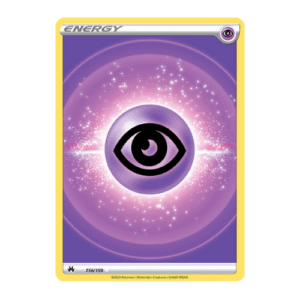
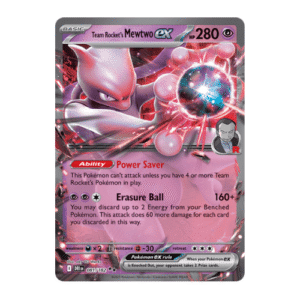
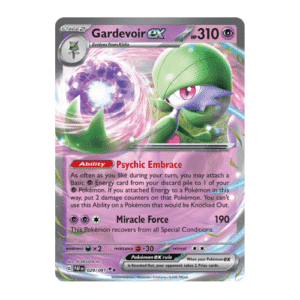
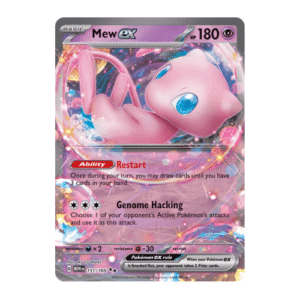
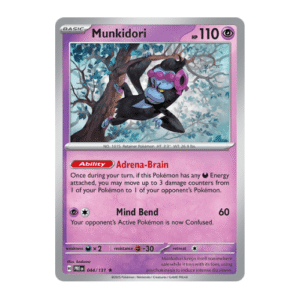
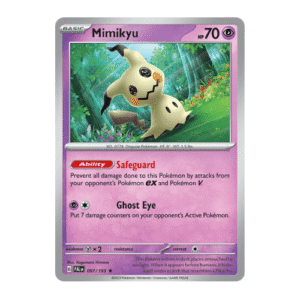
Psychic Pokémon in the TCG are based on Psychic and Ghost types in the video games. They play unlike other types, have a lot of tricks up their sleeves, and hit their opponents hard when they least expect it.
Psychic decks love to soften the opponent by spreading damage using cards like Munkidori (PRE 44) before transitioning into powerful finishers like Rocket’s Mewtwo ex (DRI 81) that scale damage based on the number of Energy and damage counters in play.
At the same time, support Pokémon like Mimikyu (PAL 97) disrupt the opponent, while cards like Gardevoir ex (PAF 29) accelerate Energy to keep attackers powered up.
This versatile type has many attacking options, but it usually takes time before the main attackers are powered up. As a result, it’s best to stall and spread damage in the early game before bringing in late-game finishers.
Darkness decks are a major obstacle in the meta due to type weakness, so Psychic deck construction often includes off-type and Colorless tech attackers, which open alternative win routes against those matchups.
6) Fighting Type
Playstyle
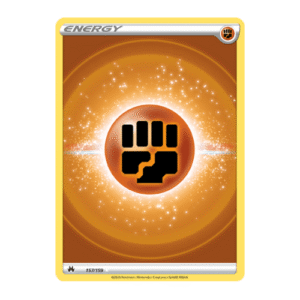
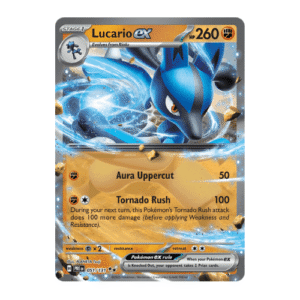
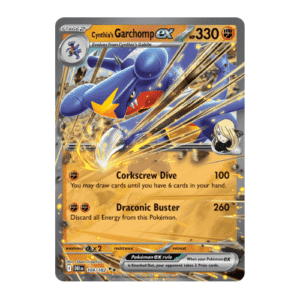
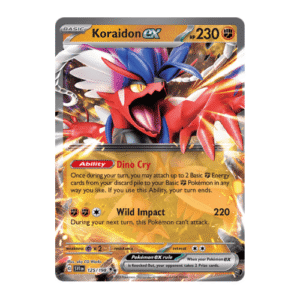
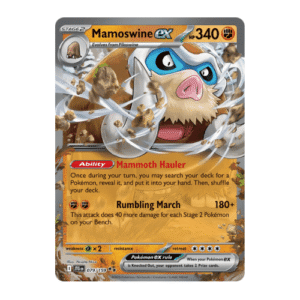
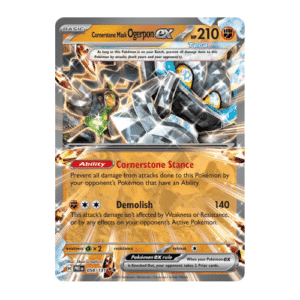
Fighting Pokémon represent the Fighting, Rock, and Ground types from the video games. They thrive on delivering efficient damage for relatively low Energy requirements.
Pokémon of this type usually have high HP for a given evolution stage, letting them stay alive while chipping away at opponents. Additionally, they prefer using single-prize attackers (non-ex Pokémon) to force opponents into unfavourable prize trades.
Whilst Energy efficient, Fighting decks are still slower to set up compared to the other hyper-aggressive types like Lightning and Fire. But once rolling, they’re usually able to attack consistently without heavy Energy demands.
In the current meta, Fighting type is particularly dangerous against Lightning due to type Weakness. But it can struggle when facing neutral matchups with no exploitable Weakness.
7) Darkness Type
Playstyle
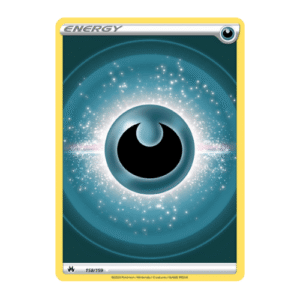
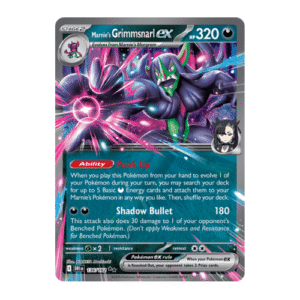
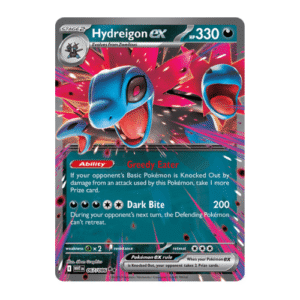
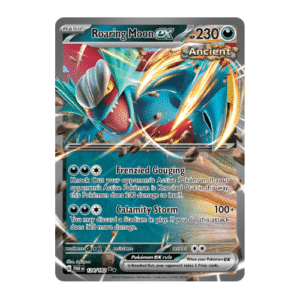
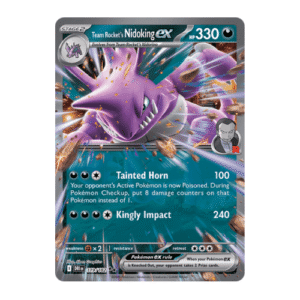
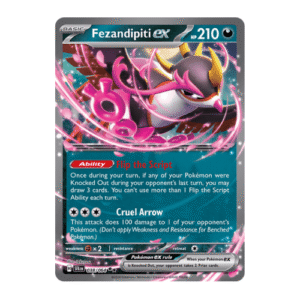
Darkness type Pokémon are characterised by their aggressive and disruptive attacks. They’re based on Dark type Pokémon in the video games and love messing with the opponent.
This is one of the most popular types in the meta right now due to its flexible playstyle. Attackers like Roaring Moon ex (PAR 124) and Hydreigon ex (WHT 67) hit hard while simultaneously disrupting opponents through board manipulation.
Meanwhile, a lot of cards help with drawing and speeding up energy attachments, such as Fezandipiti ex (SFA 38) and Marnie’s Grimmsnarl ex (DRI 136).
Darkness type likes to set up quickly in the early game and keep building momentum in the middle game to keep the pressure on the opponent. They also carve through popular Psychic decks due to type advantage.
This is a strong type that can do a lot of damage in the right hands. But be careful- it isn’t easy for beginners to play because it relies on intricate combos, synergies, and effects that newbies may not be familiar with.
8) Metal Type
Playstyle
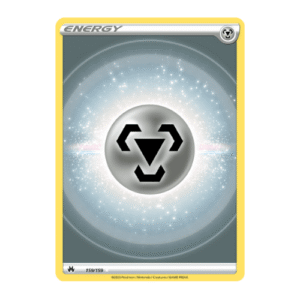
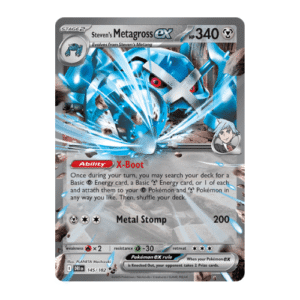
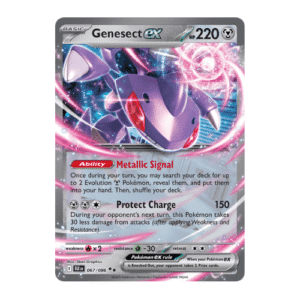
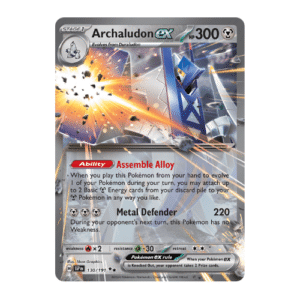
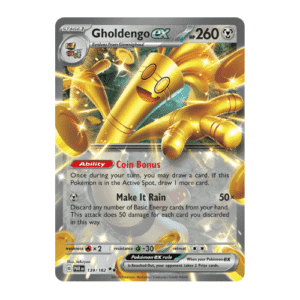
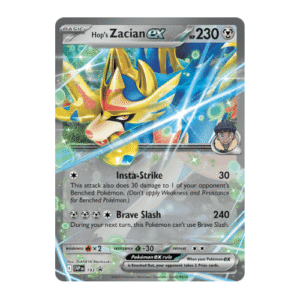
Metal in the card game represents the same type in the video games. They’re the fortresses of Pokémon TCG- specialists at hunkering down and firing repetitive shots.
Many Metal types, like Genesect ex (BLK 67), reduce incoming damage. This forces opponents into long games that consume resources. Other Metal types, like Stephen’s Metagross ex (DRI 145) deal steady strokes that grind down opponents over many turns.
The defensive nature of Metal decks allows them to excel against aggressive decks and win by controlling the game. They may take longer to set up, but once they do, they are very difficult to break through.
This type rewards players who are patient and proficient at long-game strategy. Just be sure to add off-type or Colorless attackers to your deck to make up for their weakness to Fire-type attacks.
9) Colorless Type
Playstyle
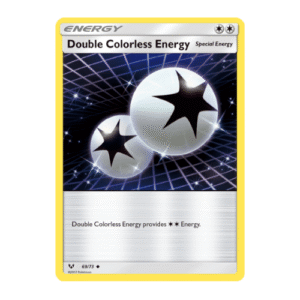
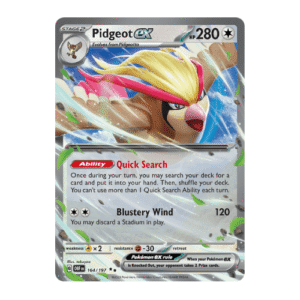
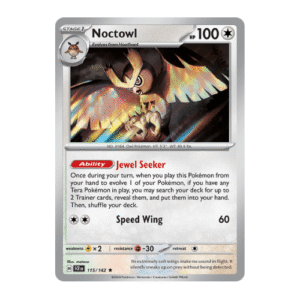
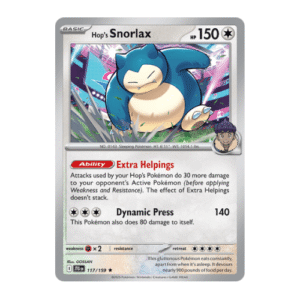
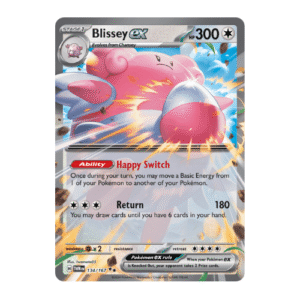
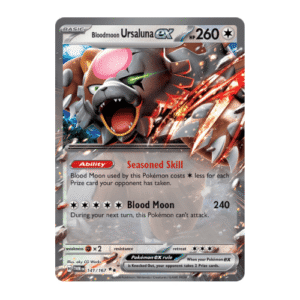
Colorless types in the TCG cover Normal and Flying types in the video games. These Pokémon are balanced, flexible, and make the perfect utility cards.
Because their attacks don’t require specific types of Basic Energy, they can mix with attackers of other types. They’re incredibly adaptable and perfect for fixing type weaknesses in different decks.
Colorless type tends to lack the raw damage output that other types enjoy. That’s not what they’re about.
They do, however, bring a variety of useful support effects like draw, search, or board control. For example, Pidgeot Ex (OBF 164) is a staple in different deck types because it lets you pull any card from your deck once per turn.
By playing a crucial support role, Colorless Pokémon are some of the most popular types in the meta. With that being said, pure Colorless type decks are few and far between.
10) Dragon Type
Playstyle
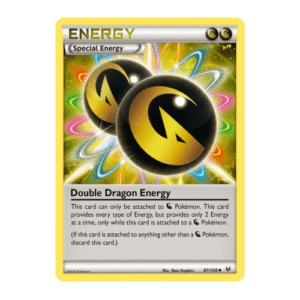
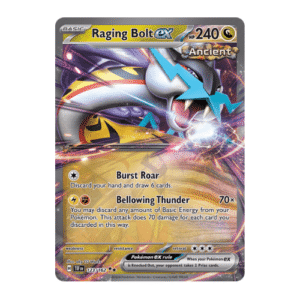
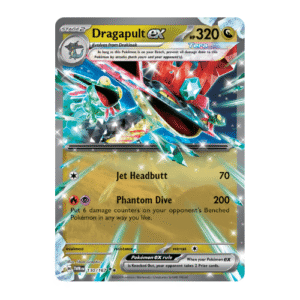
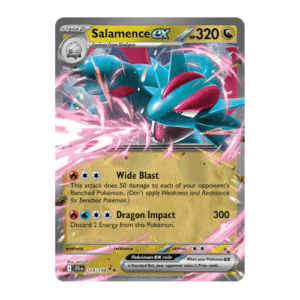
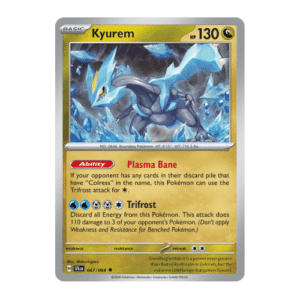
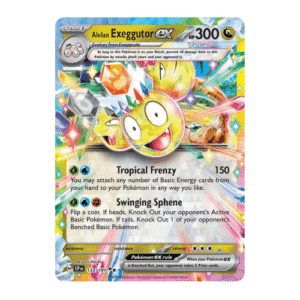
Dragon Pokémon are for “high-risk, high-reward” players. They’re tanky and capable of dealing high damage at the expense of being sluggish in the setup. You’ll know all about them if you’ve ever played the video games.
These Pokémon almost always require multi-type Energy costs to attack. Getting the right mix of Energy in time can be difficult, so search and acceleration cards are essential.
In return, Dragon Pokémon hit some of the highest numbers in the game and are incredibly dangerous once they’re charged up. Get the right Energy combination on Raging Bolt ex (TEF 123) and it’s capable of hitting 300+ damage to one-hit KO even the tankiest ex. Meanwhile, Dragapult ex (TWM 130) is notorious for taking multiple KO’s in one hit.
Competitive players also love this type because they have no natural Weakness against any other type, making them solid against different matchups.
Which Is The Best Type In 2025?
Here are the best performing types currently in the modern meta:
Remember, the title for “best type” is a race that contantly changes as new cards appear with each set released, and players unlock new combos and synergies.
Conclusion
Every Pokémon TCG type has different gameplay traits that serve as the DNA of your deck. Mastering each type’s characteristics and synergies will help you play more confidently.
Once you’ve chosen your favourite type, be sure to visit our guide to creating a deck to learn how to choose the right cards to execute your strategy.
FAQ
Kalam is a PTCG gameplay expert and content creator. He started playing and collecting Pokémon cards since 1996. When he’s not working, you can find him nerding out on Anime!
Ready To Level Up At PTCG?

